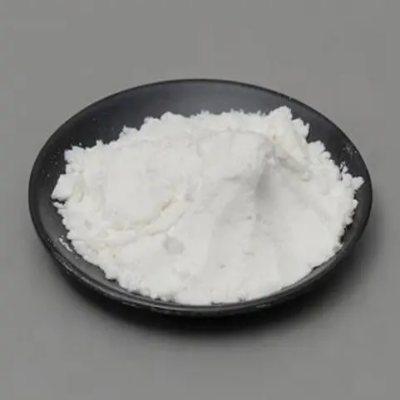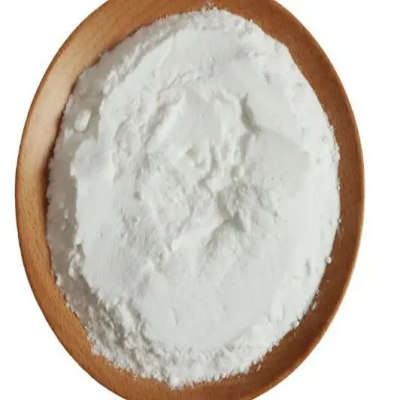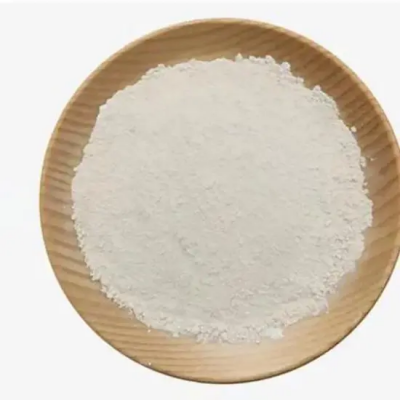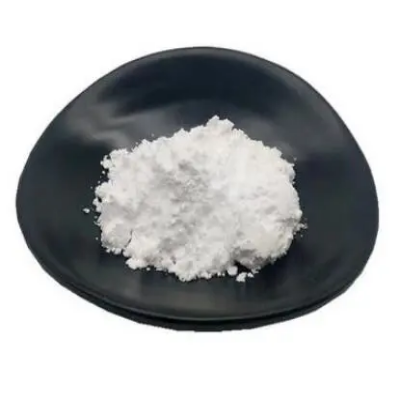3-FLUORO-5-(4,4,5,5-TETRAMETHYL-[1,3,2]DIOXABOROLAN-2-YL)PYRIDINE CAS:719268-92-5
3-Fluoro-5-(4,4,5,5-tetramethyl-[1,3,2]dioxaborolan-2-yl)pyridine emerges as an essential compound in synthetic organic chemistry due to its unique structural features and functional properties. The presence of a fluorine atom on the pyridine ring not only influences its electronic characteristics but also enhances the lipophilicity and bioavailability of derived compounds, which is particularly beneficial in drug design. In medicinal chemistry, this compound serves as a critical precursor in synthesizing various bioactive molecules. The fluorine atom can participate in diverse chemical reactions, allowing for substitutions that result in complex molecular architectures. Notably, its boronate functionality facilitates participation in key cross-coupling reactions, especially the widely used Suzuki-Miyaura coupling. This reaction allows the formation of carbon-carbon bonds, making it a cornerstone in developing pharmaceutical candidates targeting diseases such as cancer, infections, and neurological disorders. Furthermore, the stable dioxaborolane moiety contributes to the compound’s solubility and reactivity, promoting high yields in synthetic processes. Researchers can manipulate the pyridine scaffold to create derivatives with improved therapeutic profiles, potentially leading to new classes of medications. Beyond pharmaceutical uses, 3-fluoro-5-(4,4,5,5-tetramethyl-[1,3,2]dioxaborolan-2-yl)pyridine has potential applications in agrochemistry. Its unique structure can be modified to develop novel herbicides and pesticides designed to target specific plant pests while minimizing environmental impact. By optimizing the functional groups attached to the pyridine backbone, chemists can enhance selectivity and efficacy in agricultural formulations. Additionally, this compound may find applications in materials science. Its boron functionality lends itself to creating advanced materials such as polymers and nanocomposites, which can be utilized in various fields, including catalysis, sensing technology, and drug delivery systems. The ability to tailor the chemical properties of these materials opens avenues for innovation in many industries. In summary, 3-fluoro-5-(4,4,5,5-tetramethyl-[1,3,2]dioxaborolan-2-yl)pyridine is a versatile and valuable compound in organic synthesis. Its implications span pharmaceuticals, agrochemicals, and materials science, underscoring its significance in advancing chemical research and development. Ongoing exploration of this compound is likely to yield further insights into its utility across various scientific disciplines.



| Composition | C11H15BFNO2 |
| Assay | 99% |
| Appearance | white powder |
| CAS No. | 719268-92-5 |
| Packing | Small and bulk |
| Shelf Life | 2 years |
| Storage | Store in cool and dry area |
| Certification | ISO. |


![3-FLUORO-5-(4,4,5,5-TETRAMETHYL-[1,3,2]DIOXABOROLAN-2-YL)PYRIDINE CAS:719268-92-5 Featured Image](https://cdn.globalso.com/xindaobiotech/HSUS81DS80Y35NTEZTU357.png)
![3-FLUORO-5-(4,4,5,5-TETRAMETHYL-[1,3,2]DIOXABOROLAN-2-YL)PYRIDINE CAS:719268-92-5](https://cdn.globalso.com/xindaobiotech/HSUS81DS80Y35NTEZTU357-300x300.png)





